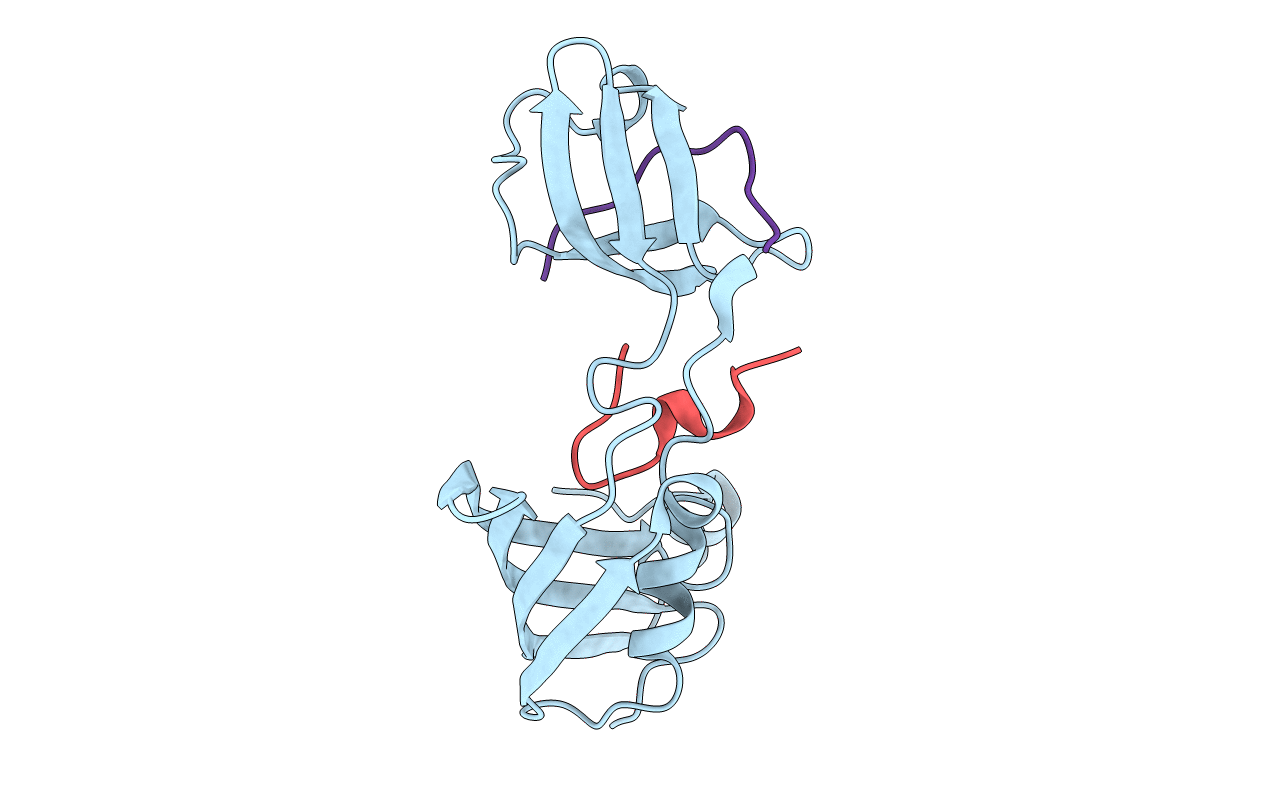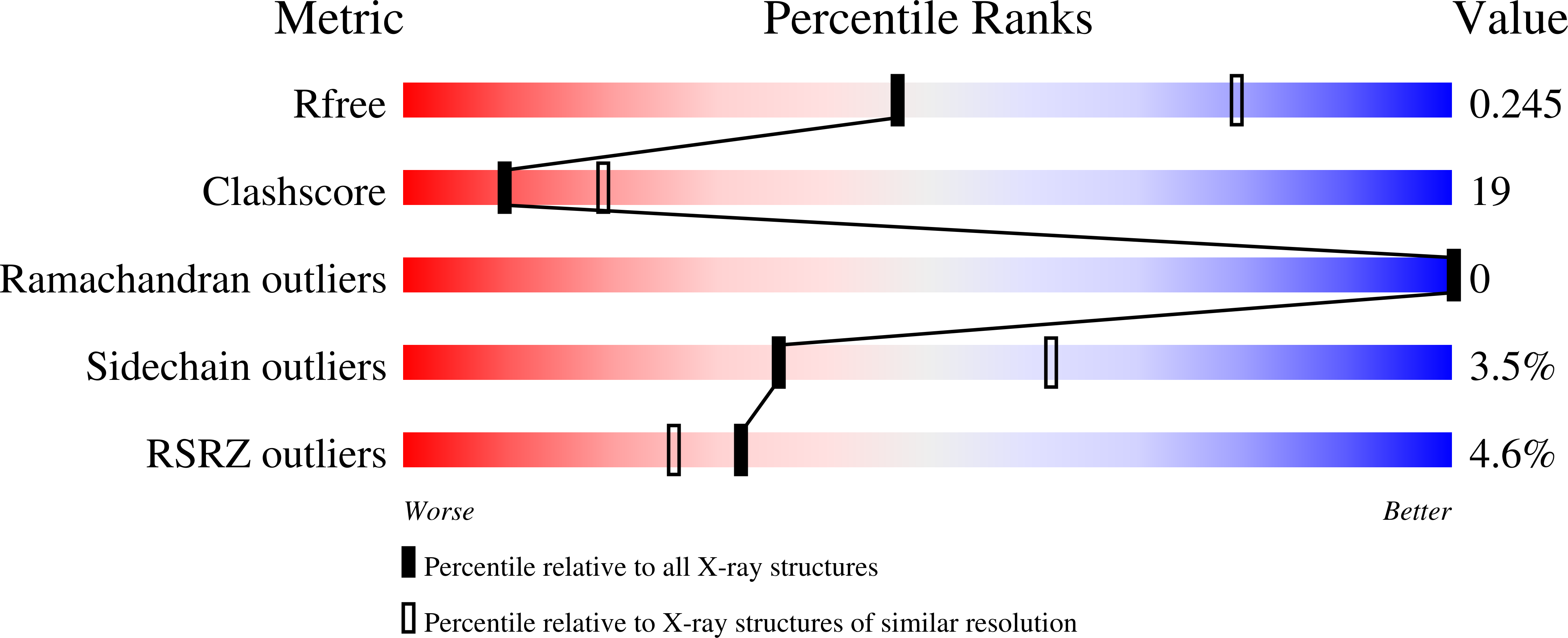
Deposition Date
2021-06-22
Release Date
2022-03-16
Last Version Date
2024-01-31
Entry Detail
Biological Source:
Source Organism:
Thermus thermophilus (strain ATCC 27634 / DSM 579 / HB8) (Taxon ID: 300852)
Escherichia coli (strain K12) (Taxon ID: 83333)
Escherichia coli (strain K12) (Taxon ID: 83333)
Host Organism:
Method Details:
Experimental Method:
Resolution:
2.60 Å
R-Value Free:
0.24
R-Value Work:
0.21
R-Value Observed:
0.21
Space Group:
P 64 2 2


